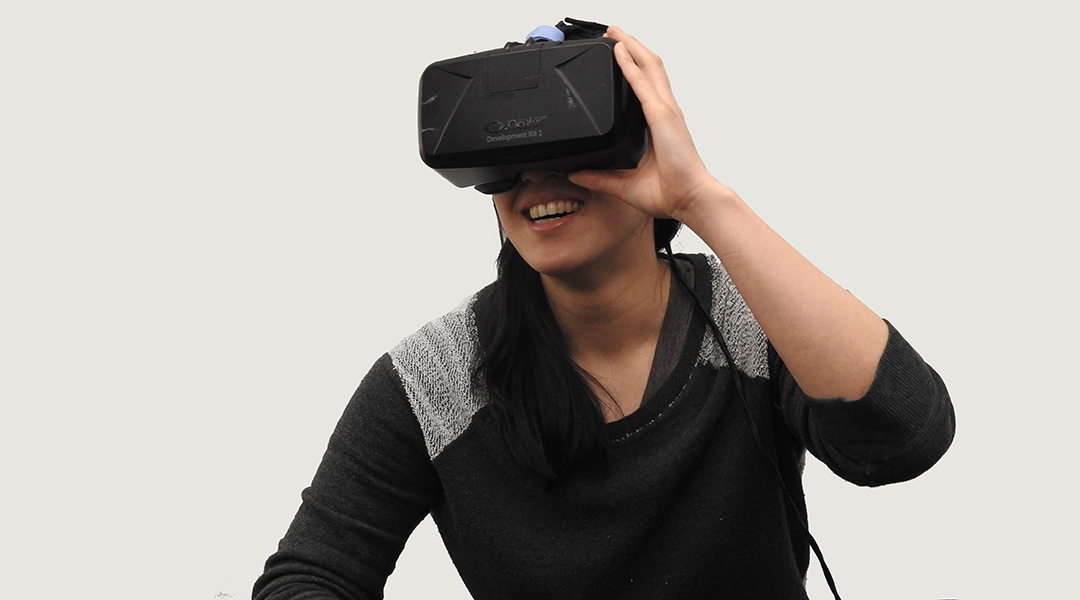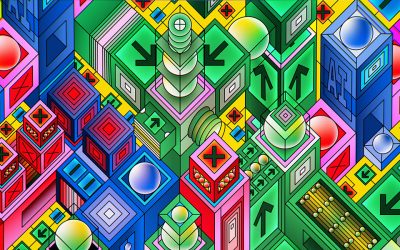Image credit: Hammer & Tusk on Unsplash
I recently wrote an ASN article that focused attention on the art of materials science teaching online. In the closing statement of this article, I said:
“… there was one big thing missing from this story of online education, the positivity of the socio-educational student-teacher experience. We all sit in a small office space at home or work talking to each other through a computer screen. Even with a colorful background this is very different from a large amphitheater filled with students interacting cerebrally and dynamically with the professor. Today in a lockdown pandemic the seats in the lecture theater are empty. This is a sorely missing aspect of teaching and learning and virtually impossible to emulate online.
“My suggestion is we replace ourselves from occupying those little black boxes isolated from one another on a computer screen to instead placed sitting together in those empty seats in the lecture theater, a step towards simulating the teaching-learning environment when we are all together in the same space live and benefiting from each other’s presence.”
As soon as this article appeared online, it was brought to my attention that my idea was a reinvention of the wheel in the sense that not only had my idea been reduced to practice, but it had been taken into the world of artificial intelligence, deep learning, gaming, and avatars.
In brief, the gaming company NetEase has developed AI technology that can transform a 2D photograph of a person into a 3D life-like avatar. Massively multiplayer online role-playing game (MMORPG) goes much further and allows the avatars to be integrated into and made consistent with the game’s visuals for any kind of in-game model.
NetEase promises to make the character of avatars even more lifelike by expanding the game mechanics with human-like expressions and movements, thereby making the technology available to a wide range of game developers.
I expect that AI gaming technology will rapidly appear in the classroom as this is the next level of sophistication towards solving the socio-education challenges I discussed with online teaching.
Now one can create the lecture theater environment to order. This advance in online teaching can produce a familiar and comfortable setting for students and instructors who have been locked into their offices or at home in front of a computer monitor.
Most importantly, students are transformed into realistic avatars seated in the lecture theater with an avatar lecturer; a familiar scene that is beginning to closely resemble the real-world and mimic the creative, dynamic experience that enables live and meaningful teaching and learning.
This is the next level beyond current online teaching software. I predict we will see gaming in the classroom in 2021 evidenced by the launch of the AI gaming technology in an International Conference on Distributed Artificial Intelligence held in Beijing last year, which was enabled by a partnership between the conference organizers and NetEase.
“Gaming” a conference with AI and deep learning technology was truly an impressive accomplishment, creating a realistic environment out of an artificial stay-at-home affair. Within the lecture theater, conference attendees listened to the lectures, posters were hung on billboards outside the lecture theater, talks were zoomed onto a screen, speakers and attendees communicated through their avatars, questions appeared in avatars chat boxes, and the whole scene was eerily close to reality.
This is not simply an individual case and more of these new kinds of online conferences have burgeoned recently, such as the AI conference held in the game “Animal Crossing” by Nintendo, and graduation ceremonies held in the game “Minecraft”.
If you ask what is next, I see virtual reality (VR) complete immersion in an artificial setting entering the online classroom. Virtual practices are envisioned to make teaching and learning an even more engaging experience for students and instructors in schools and universities. Beyond VR, is augmented reality (AR), the creation of digital objects integrated into a real-world environment, and mixed reality, making experimentation in online virtual laboratories a “reality”.
To amplify, these challenges are currently being met by competing tech giants, such as Google, Amazon, Apple, Microsoft, Ruby Garage, and others, who are producing and marketing immersive VR and AR learning tools designed to enrich the whole experience of learning.
More the point, learning organizations and technology-builders, such as MIT’s Campaign for a Better World, are researching and prototyping all kinds of human/machine learning systems with developmental media that augment reality beyond gaming, making both formal and informal learning fun, personally meaningful, and memorable.
Welcome to the new world of gaming online education! I see this as the future face of immersive teaching and learning solutions for the education of certain groups, such as students and adults with disabilities, those living in rural areas, and others for which the cost of education is out of reach.
Written by: Geoff Ozin
Chemistry Department, University of Toronto, Ontario, Canada, Web sites: www.nanowizard.info, www.solarfuels.utoronto.ca, www.artnanoinnovations.com

















